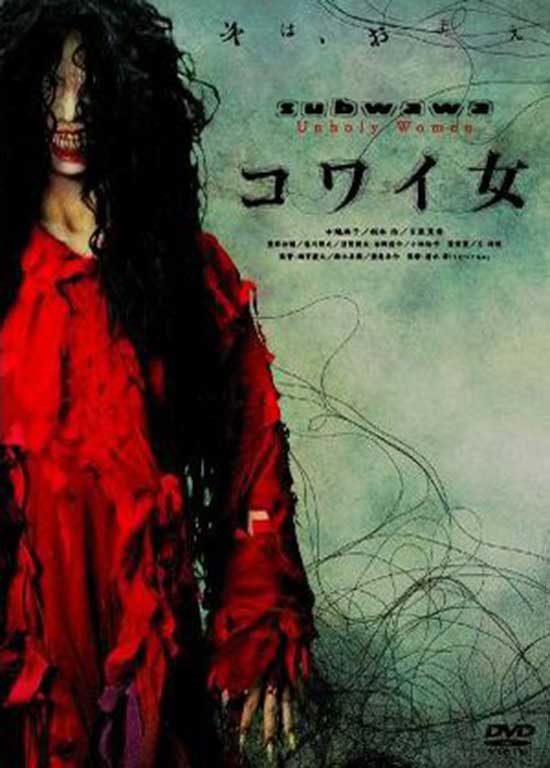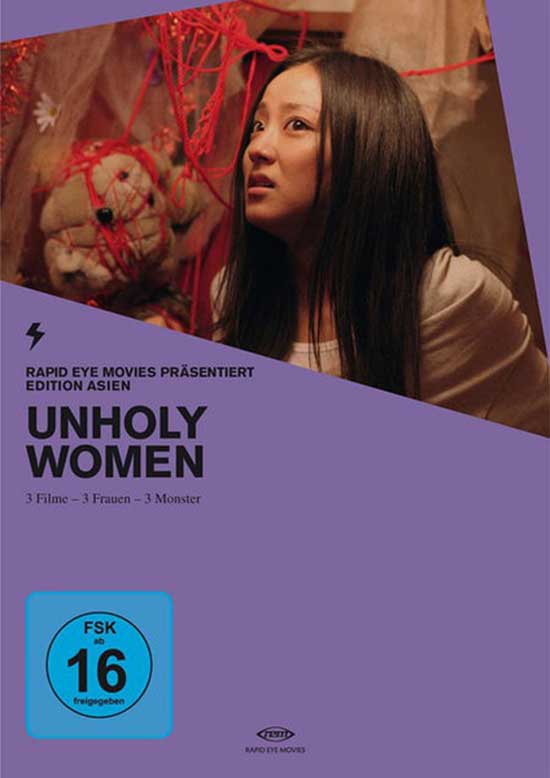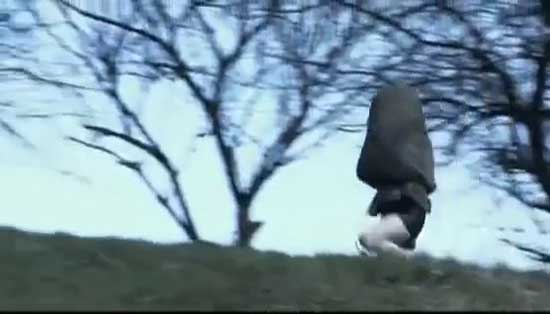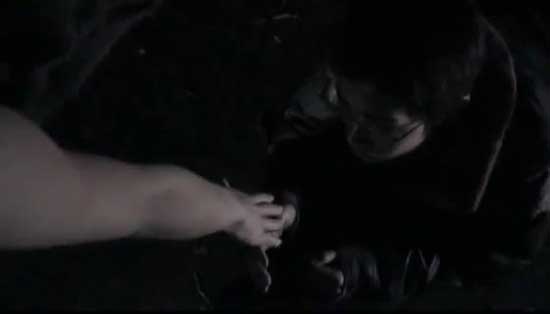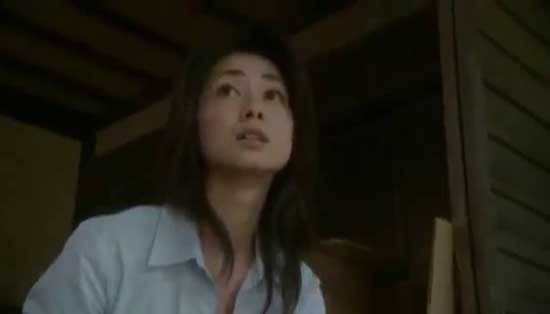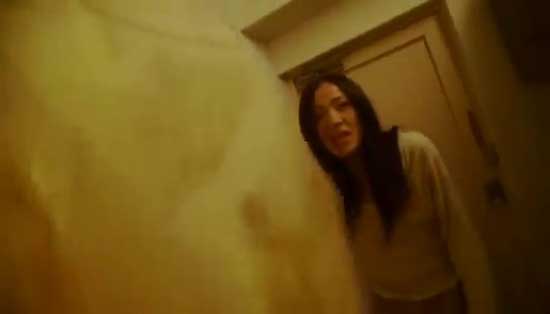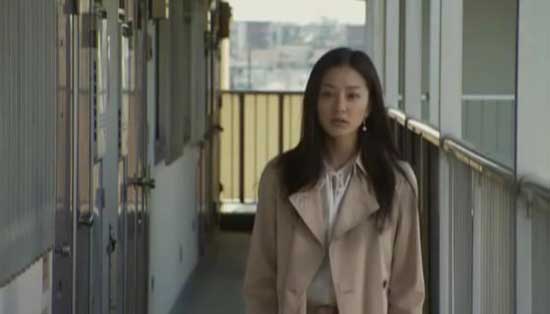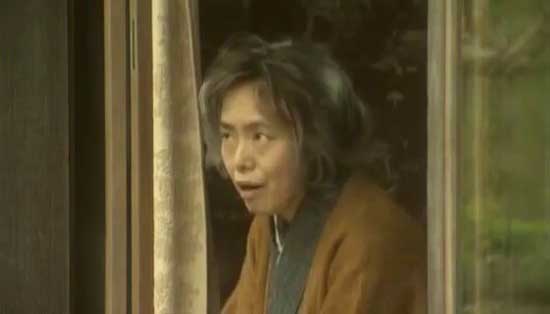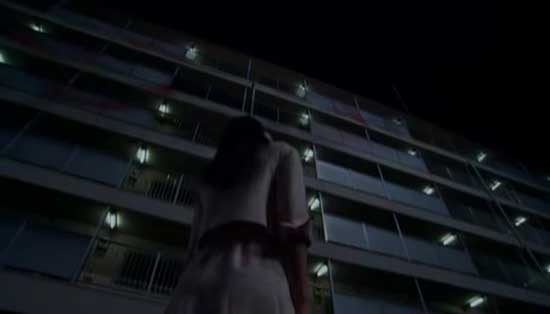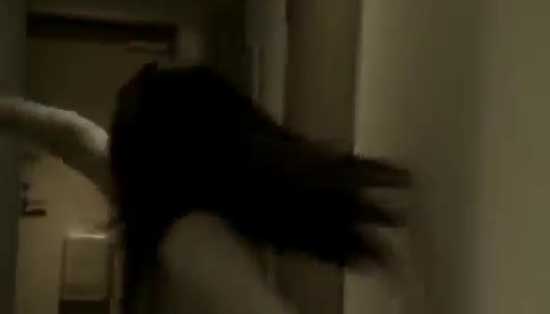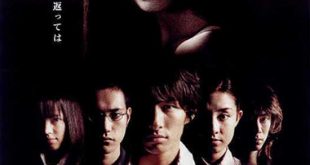SYNOPSIS:
Unholy Women (Kowai onna), is a composite of three unrelated half-hour horror movies. The first segment, “Rattle Rattle”, tells the story of a young woman who is pursued by an evil other-worldly being. The second movie, “Steel”, concerns a young man who agrees to take the sister of his boss out on a blind date, drawing him into a world more frightening than he ever dreamed possible. The third and final episode, “The Inheritance”, is a supernatural tale of a woman and her young son, scarred by abuse and psychological trauma.
REVIEW:
Unholy Women is a three-part horror anthology from the directors Keita Amemiya, Takuji Suzuki and Keisuke Toyoshima. As the name would suggest, all of the stories revolve around women in one way or another and they alter from a very eccentric monster movie to a traditional ghost story. Like most anthologies, the quality between the segments vary somewhat, but for the most part Unholy Women offers steady ride of scares.
The film starts with a segment called Rattle Rattle (Kata Kata). In it a young woman by the name of Kanako gets tangled up in a bizarre chain of events when she involuntarily intercepts someone’s suicide. Out of the three stories, Rattle Rattle is definitely the strongest one. It delivers in the story as well as the scare departments. What starts as a fairly simple seeming story, soon spirals into a terrifying fantasy with no escape. And what a nightmare it is! Without giving too much away, the spirit haunting this poor woman is truly a horrific one. While some of the special effects might look dated and at times, even a little silly, the thing chasing poor Kanako is definitely something you don’t want to encounter in a dark alley. Or even a well lit one. Preferably nowhere in fact. She really is the stuff that nightmares are made of. There’s also a lovely reality twist element to the story that I quite enjoyed and that makes the whole tale that little bit more frightening. All and all a very enjoyable little film that would make a strong start for any anthology.
Second segment Hagane, or Steel, takes us to a much weirder territory. While Kata Kata still plays by well-established horror conventions, Hagane is definitely on the more freakish side of horror. It’s a story of a Mikio, a young man who after agreeing to a blind date with a co-worker’s sister, encounters a real-life monster. The story itself isn’t scary as such, in fact it’s quite comical, but if you happen to like your horror slightly offbeat and grotesque, this might be your cup of tea. The monster Mikio encounters is unlike any other and genuinely one of the most original creations out there. Other than some basic details, it’s background, mythology or even it’s anatomy isn’t really examined too deeply, and to work, the story doesn’t really need those details either. The mystery is definitely part of the charm. Hagane is one those bizarre anthology stories that will divide opinions amongst viewers. While horrific in its own way, many would surely argue that it is not scary enough to be in a horror anthology. However, those with fondness for the weird and unusual, will most definitely enjoy it. Whatever your opinion, you will remember it.
The third, and last segment is called The Inheritance (Uketsugu Mono) and it tells a tale of a young mother who puts her son in mortal danger after returning back home and finding out about an old family curse. This unfortunately is the melancholy part of the anthology. I say unfortunately because I am not usually a great fan of these type of segments, The Inheritance being no exception. It’s regrettable that even an omnibus with only three parts needs to have one, as I feel it brought the mood of the whole film down somewhat. That’s not to say it’s necessarily a bad film and I can definitely see it appealing to the fans of more traditional ghost stories, but personally I would rate it as the weakest of these three. It has a few creepy moments for sure, and I quite like the idea of a family curse, but over all I found the mood too sorrowful and depressing. After the first two, it also feels slightly slow going and would perhaps been better placed in the beginning of the film.
As anthologies go, Unholy Women is definitely one of the more consistent ones. None of the segments are completely unlikable, and I found something positive about all of them. My main criticism would be the order of the films, as I firmly believe that you should save the best for last. Otherwise I would most definitely recommend this to anyone looking for a good, solid anthology. It will surely have something to please most viewers.
 Horror News | HNN Official Site | Horror Movies,Trailers, Reviews
Horror News | HNN Official Site | Horror Movies,Trailers, Reviews
